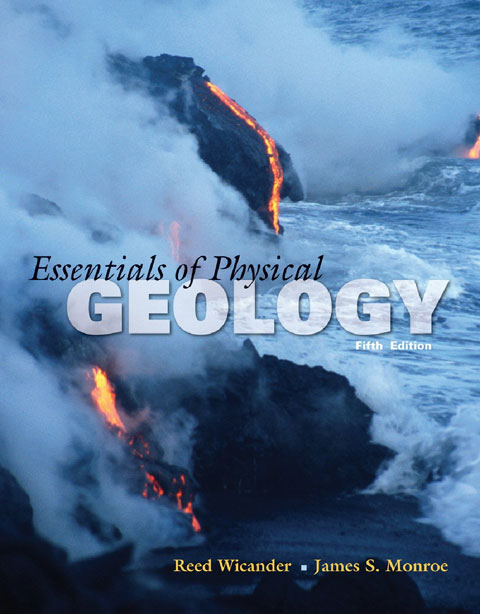
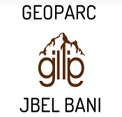
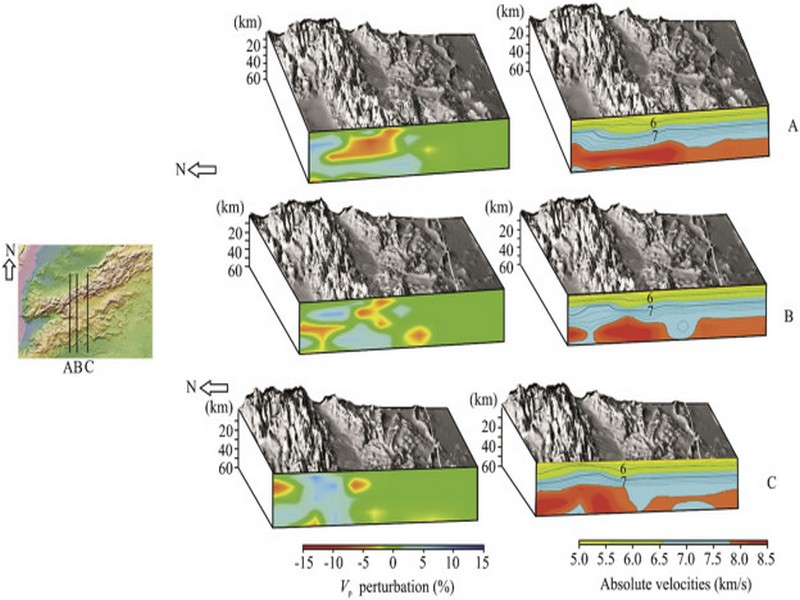
CENTRAL ANTI-ATLAS TRAVERSE: the northern border of the West African Craton
By DR. M. OUKASSOU, DR. H. EL HADI, DR. F. HAISSEN, DR. N. SABER
ITINERARY and OBJECTIVES
The south of Morocco is one of the most attractive touristic areas with diversified landscapes from snowy mountains to desert plains. The High Atlas with his 3000 to 4000 meters forms a major climatic barrier to the Atlantic perturbations, which account for the arid climate of the Anti Atlas sub Saharan domain south of the chain. These regions are occupied by berbere speaking populations with long hospitality tradition.
The two day trips follow most touristic roads and visit outstanding outcrops illustrating a central transect across the Anti-Atlas belt (figures G1 & G2), which corresponds to the external fold belt of the Hercynian (Variscan, Alleghanian) chain, but it also includes large Pan African inliers. The High Atlas formed during the Cenozoic at the expense of an aborted Triassic Jurassic rift. Therefore, three superimposed Wilsonian cycles can be illustrated during the trips. The itinerary will make possible to illustrate the complex geological history of these areas from 2 Ga to present day. Our purpose is to present and discuss various regional and thematic (sediment logical, structural, magmatic and
metamorphic) features, which record the main geodynamical events during this long geological history. Magnificent minerals (erhytrite, vanadinite...) and fossils (trilobites, goniatites...) can be purchased at many places.
During this field trip, the AgdzBou Azzer Tazenakht Agdzloop (figureG3)allows the participants to discover the PanAfrican belt (external platform domain in the Zenaga inlier, ophiolitic suture zone at Bou Azzer), the early volcano clastic cover sequence (late Neoproterozoic), and the mildly folded Early Paleozoic sediments (Cambrian and Ordovician).
Detailed road log for the trip are provided below along with Global Positioning Satellite (GPS) location at each stop. Note that all the stops are on public roads, and that the use of hammers and the collection of rocks are permitted.
Source web: DR. M. OUKASSOU, DR. H. EL HADI, DR. F. HAISSEN, DR. N. SABER sociedadgeologica.es
Les articles en relation
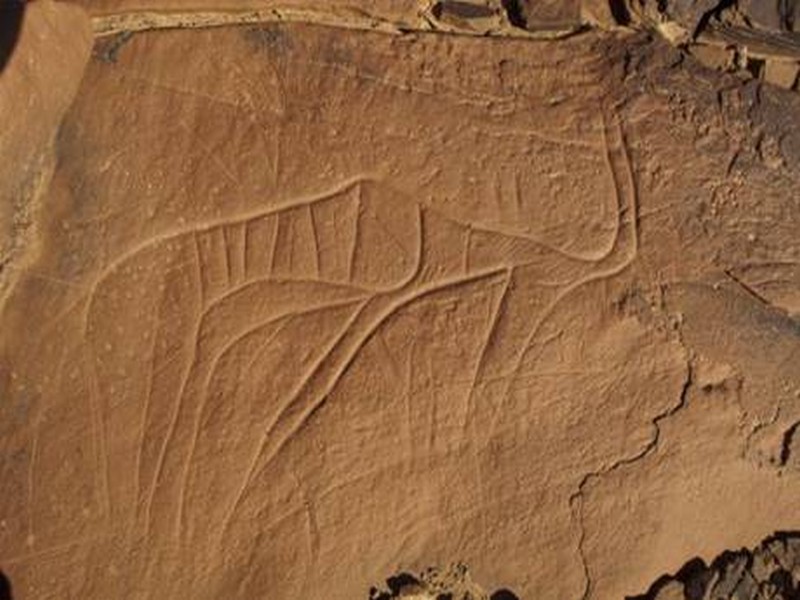
Des chercheurs espagnols et marocains étudient l'art préhistorique du sud du Maroc
Des chercheurs espagnols et marocains étudient l'art préhistorique du sud du Maroc Un groupe de chercheurs espagnols et marocains s’est lancé dans la troisième phase d’une étude arch
Savoir plus...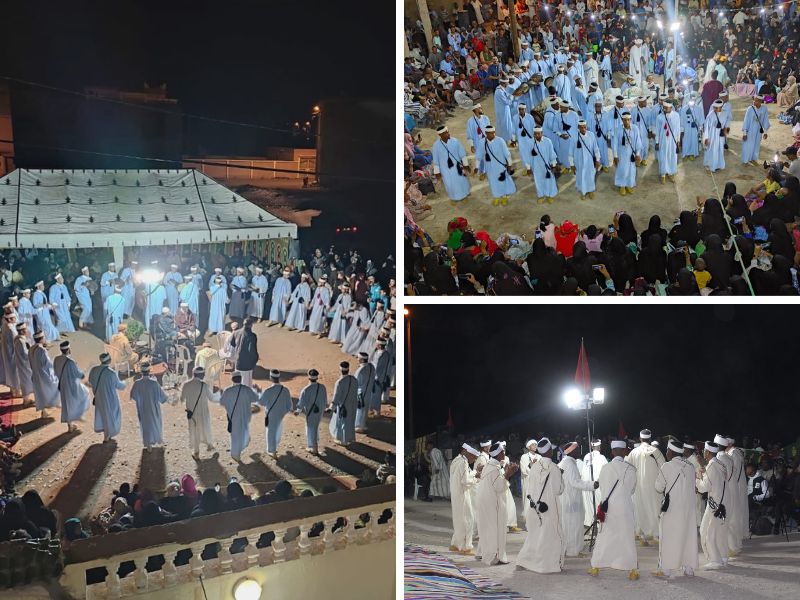
Ahwach, Entre Tradition et Héritage Culturel au Cœur du Géoparc Jbel Bani
Ahwach, Entre Tradition et Héritage Culturel au Cœur du Géoparc Jbel Bani La civilisation amazighe, ancienne et résiliente, laisse des empreintes palpables jusqu'à nos jours, et parmi s
Savoir plus...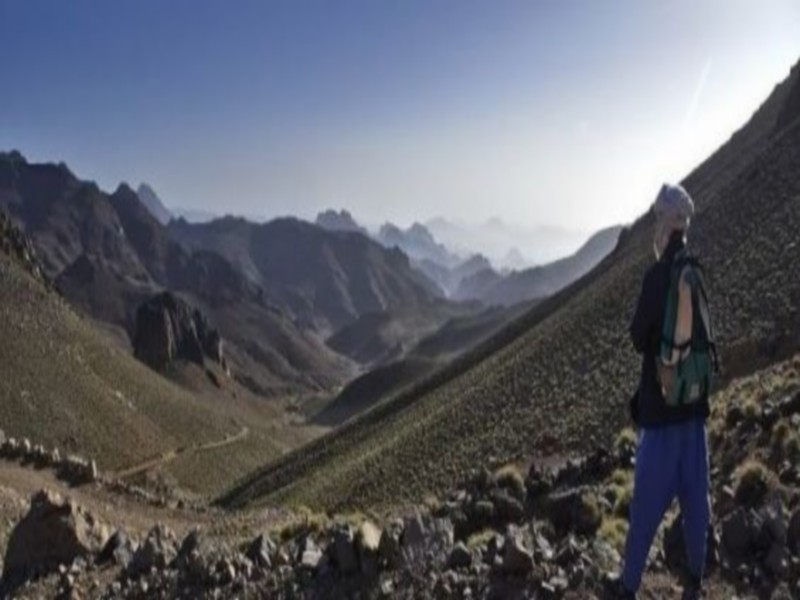
Jbel Saghro, paysage lunaire et fief de la tribu nomade légendaire des Ait Atta
Jbel Saghro offre des paysages à couper le souffle. Un endroit idéal pour faire des randonnées et des trekkings sur plusieurs jours. La région aux roches volcaniques de Saghro est notre volet touristique de l
Savoir plus...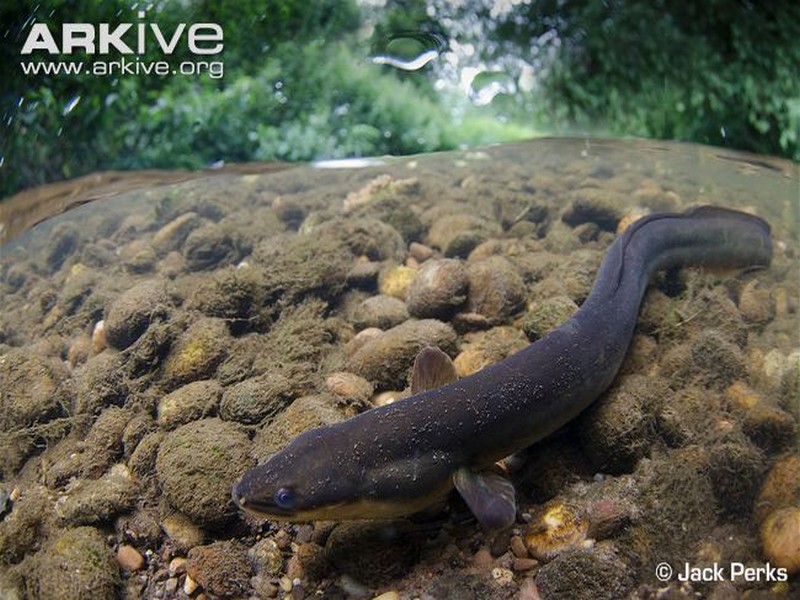
L’anguille du Maroc : une formidable voyageuse
L’anguille du Maroc : une formidable voyageuse L’anguille marocaine est un poisson très remarquable qui peut migrer sur des milliers de kilomètres. Relativement commune dans le royaume, elle devient de plus
Savoir plus...
Météorite de Tissint
La météorite de Tissint est une météorite martienne de type shergottite tombée à Tissint au Maroc dans la province de Tata le 18 juillet 2011. Elle a été retrouvée par des n
Savoir plus...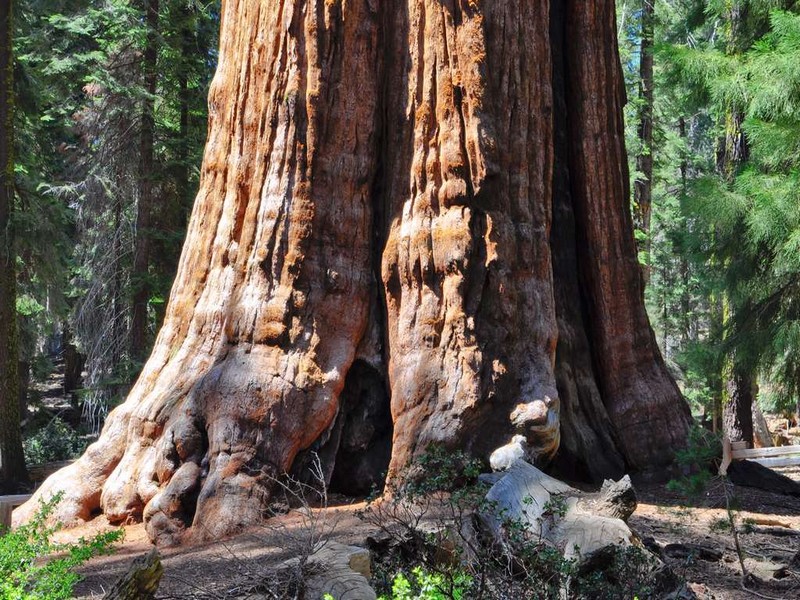
Quel est le plus grand arbre du monde ?
Quel est le plus grand arbre du monde ? Découvrez quel est l'arbre le plus haut du monde et aussi quel est celui qui a le plus grand volume. L'arbre le plus grand du monde est le séquoia à feuilles d&#
Savoir plus...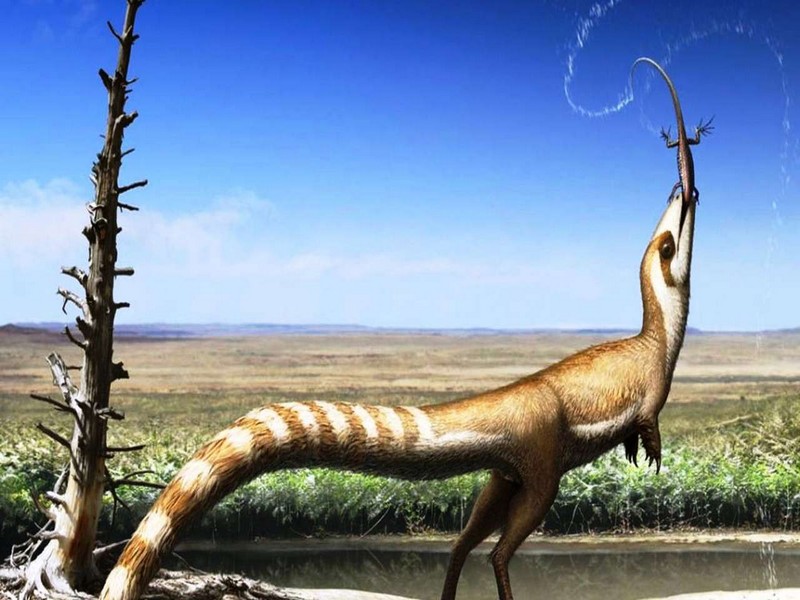
Les vraies couleurs du dinosaure Sinosauropteryx
Les vraies couleurs du dinosaure Sinosauropteryx Des paléontologues de l'université de Bristol confirment leur déduction d'il y a sept ans : les couleurs de Sinosauropteryx, le premier dinosaure à
Savoir plus...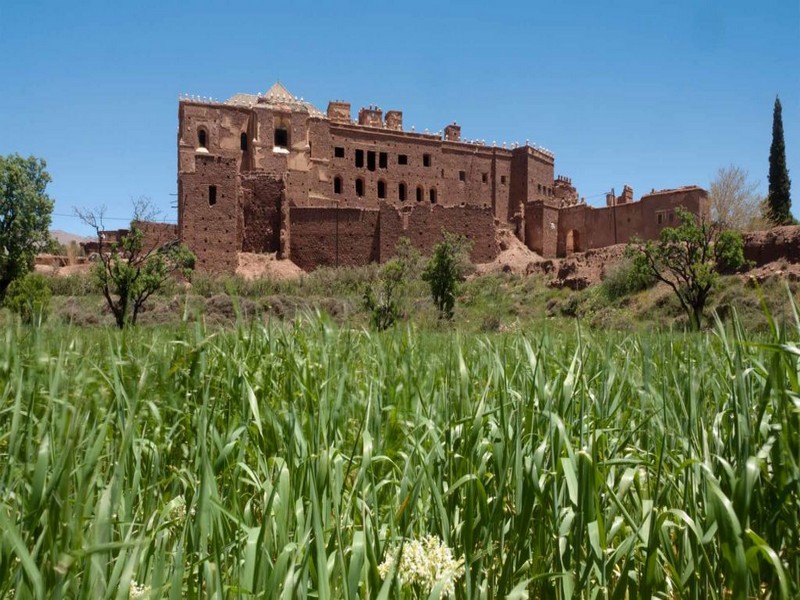
Telouet, le berceau des seigneurs de l’Atlas
Telouet, le berceau des seigneurs de l’Atlas HISTOIRE : Les premiers habitants de Telouet sont des berbères pasteurs qui logeaient dans des grottes au flanc des montagnes voisines. Au fil du temps, Telouet devient
Savoir plus...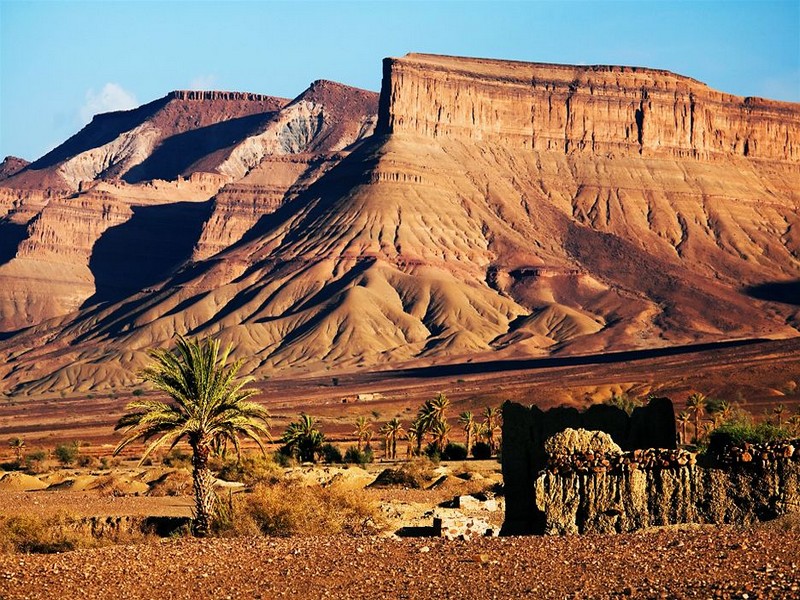
Rififi autour du géopark de Jbel Bani
Rififi autour du géopark de Jbel Bani Alors que le Conseil provincial de Tata a procédé à la création de la Fondation provinciale du Bani Geopark, lors de sa dernière session, l’associa
Savoir plus...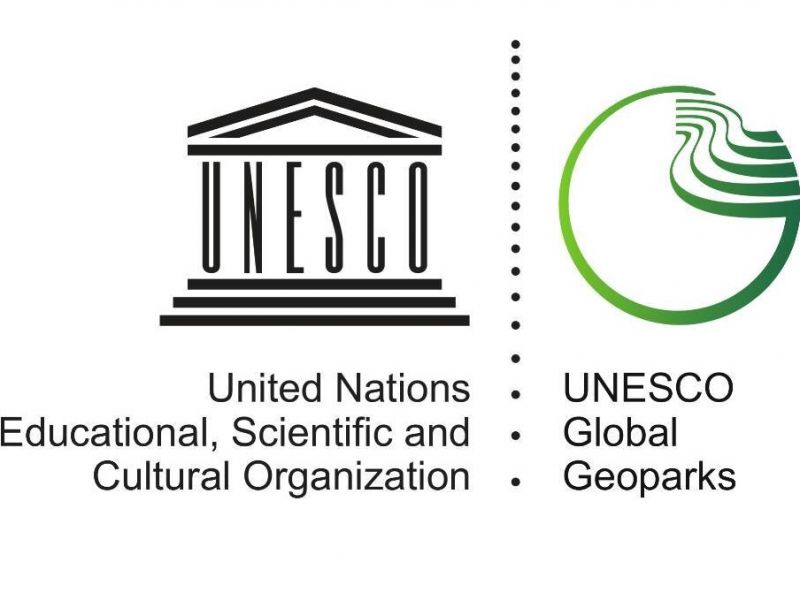
Liste de Géoparc mondiaux UNESCO trans-nationaux
Liste en anglais Last updated in 2016 pays nom des geoparcs adress Austria & Slovenia Karawanken / Karavanke UNESCO Global Geopark Hauptplat
Savoir plus...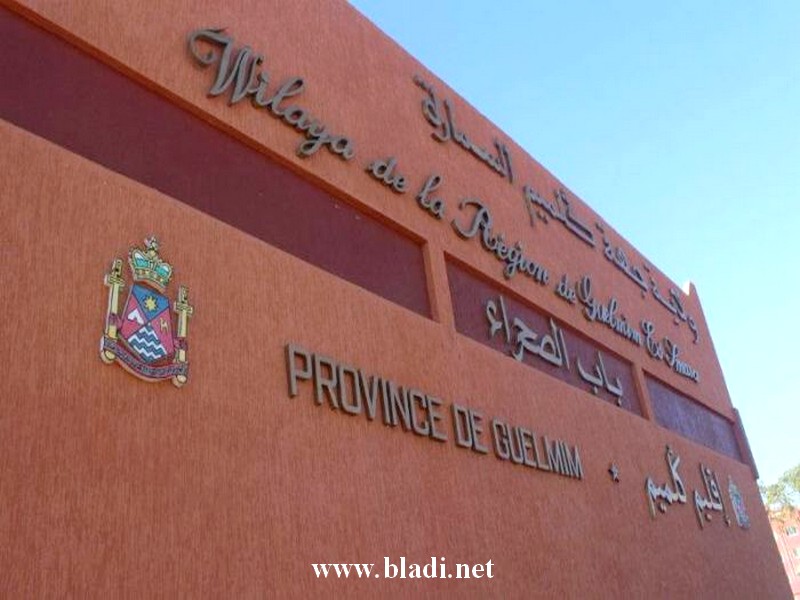
La région de Guelmim Oued Noun (Géoparc Jbel Bani)
La région de Guelmim Oued Noun (Géoparc Jbel Bani) De part sa position géographique située au nord du Sahara et au piémont de l’Anti-Atlas, et sa proximité de l’Algérie et
Savoir plus...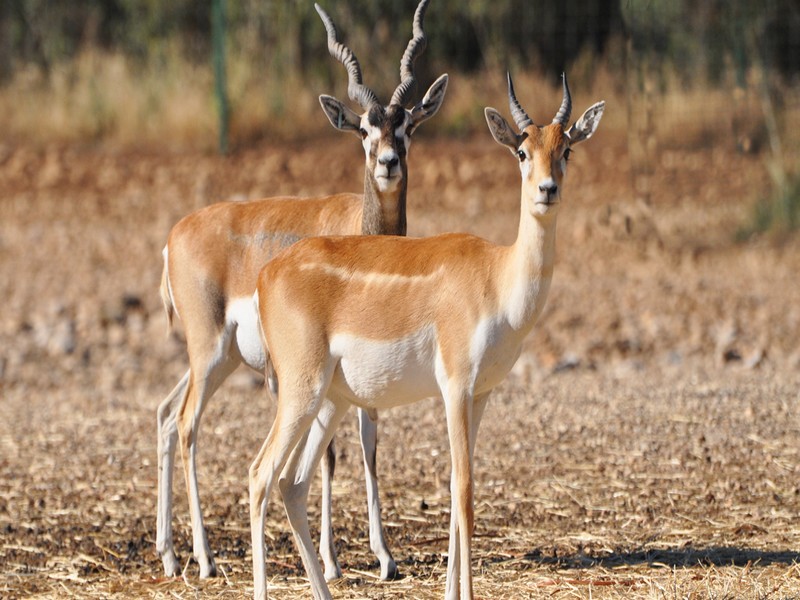
Les 5 antilopes du Maroc
Les Antilopes constituent un groupe de Mammifères Ruminants, rangés parmi les Bovidés. Les antilopes descendent de l’Eotragus, apparu au Miocène, il y a 15 à 17 millions d’an
Savoir plus...Les tags en relation
En savoir plus sur " Géologie et TSGJB - AMDGJB ! "
Consulter les vidéos de " Géologie et TSGJB - AMDGJB ! " Consulter les photos de " Géologie et TSGJB - AMDGJB ! " Consulter les publications de " Géologie et TSGJB - AMDGJB ! " Consulter les éditions de " Géologie et TSGJB - AMDGJB ! " Consulter les communications de " Géologie et TSGJB - AMDGJB ! "Recherche du site
Recherche avancée / SpécifiqueVulgarisation à la géologie
Qu'est ce que les sciences de la terre: vulgarisation Qu'est ce que la géologie ? Géologie et TSGJB - AMDGJB !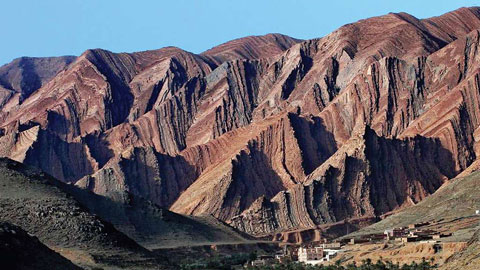
Géoparc et Recherche Scientifique
Le coins de l’étudiant
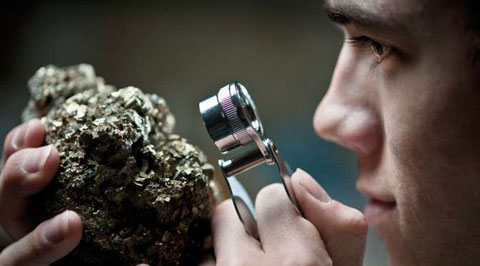


Blog Géoparc Jbel Bani
Dictionnaire scientifique
Plus de 123.000 mots scientifiques
Les publications
Géo parc Jbel Bani
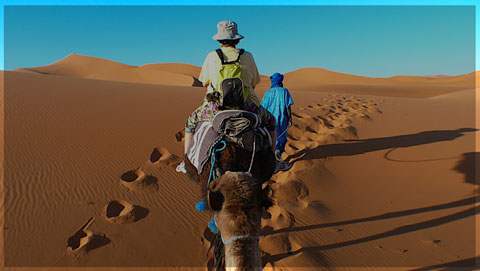
Circuits & excursions touristiques
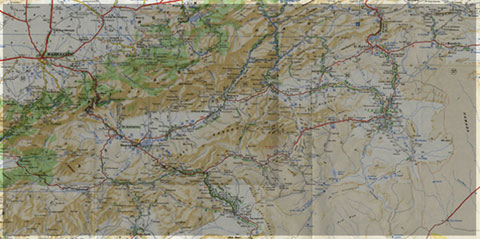
cartothéques
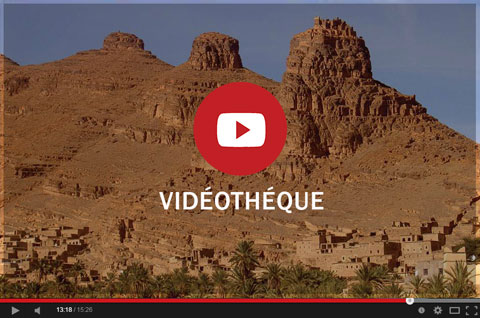
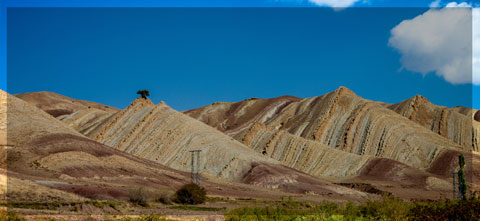
Photothéques
Publications & éditions
